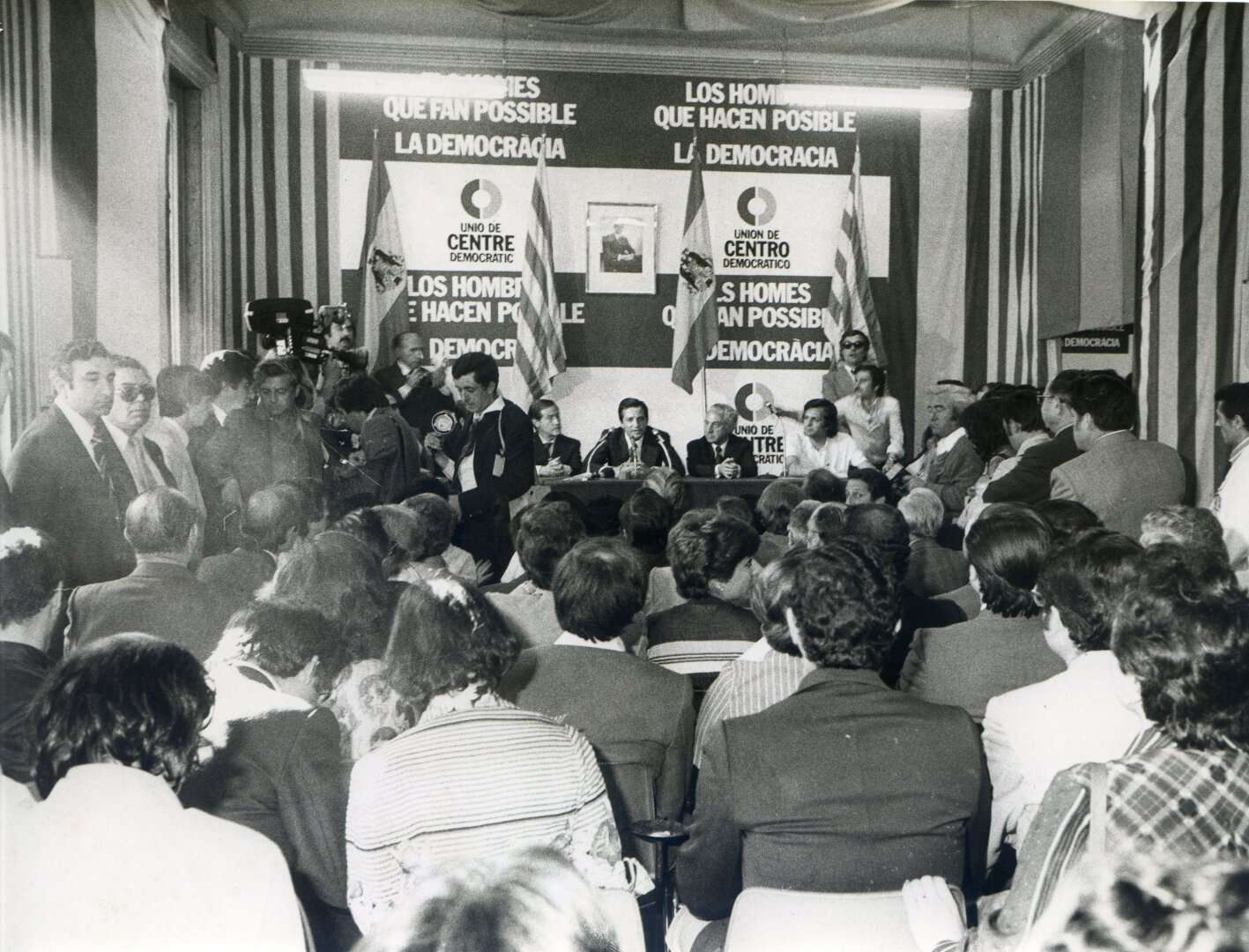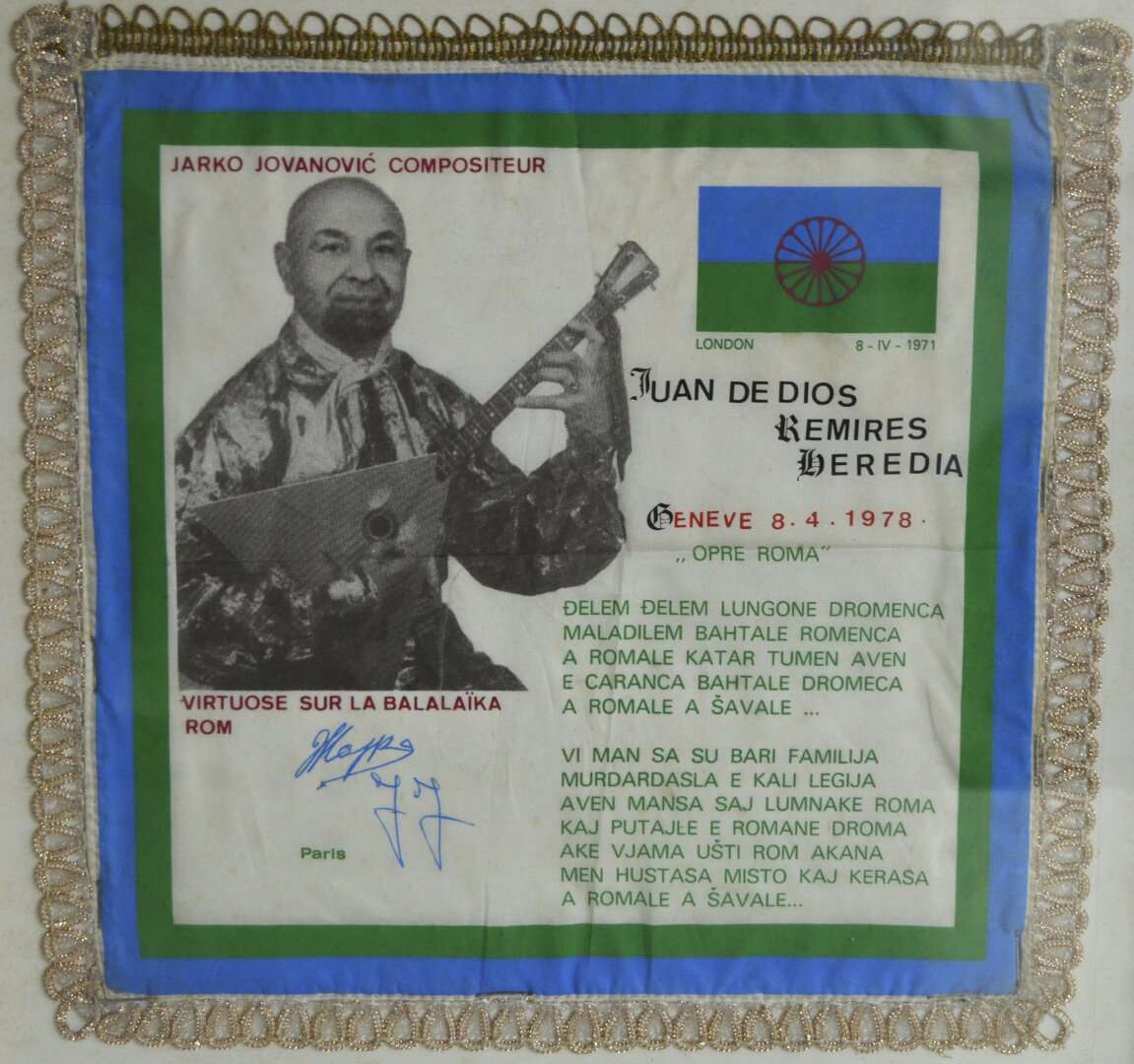The Roma Associative Movement vs. Electoral Politics
In Spain, ethno-political parties are not seen as a viable strategy to represent the political interests of minority groups. Under current legislation, the likelihood of electoral success for a Roma political party is very low. Despite this, past experiences have seen Roma forming ethnically-based, political parties. Partido Nacionalista Caló (PNCA) was founded by Maríano Fernández in 1999, as a political party of national scope. The PNCA participated in the national general elections of 2000 and in 2004, and in the municipal elections of 2007 and 2011, but without success. Another Roma political party was established in 2004, by Agustín Vega in Badajoz, Partido Alianza Romani (ARO), as a national political party.
A different strategy for political representation of Romani interests is through mainstream political parties, or more specifically, through politicians of Romani background who join these. However, the participation of Roma in mainstream political parties has also been limited. According to some data, between 1978 and 2003, a total of forty Romani representatives were candidates in political elections throughout Spain, of which two candidates were in regional elections, one in national elections, and the remaining candidates in municipal elections; however, only a handful were successfully elected in smaller municipalities.
Silvia Heredia Martín entered the Congress of Deputies from the People’s Party or PP (Partido Popular) in 2011, (and again elected in 2016), becoming the second person of Roma origin in the Spanish National Parliament. Only two other Romani candidates were elected to regional Congresses; Manuel Bustamante in Valencia (1999; 2003; 2007; 2013) as a candidate of PP and Francisco Saavedra in Extremadura (2003; 2007), for PSOE. Currently, only Heredia Martin remains in office, there are no other Romani deputies in regional or national parliaments. In the context of municipal elections, Roma candidates have greater chances of succeeding in the elections.
Change in the political makeup of the country over the past few years has opened up a window of opportunities to Romani candidates, particularly parties such as Podemos, or small municipal alliances that challenge the dominant, political bi-partisanship in Spain. During the 2015 municipal elections, at least sixty-one Roma were presented as potential deputies, twenty-six of them as candidates of recently created parties. Of these, ten candidates were successfully elected, six from the electoral lists of parties of popular unity.
The Romani Women ́s Movement
In Spain, similar to the rest of Europe, feminist agendas have not included the perspective of Romani women specifically; male-dominated Romani associations haven’t provided the necessary space for dialogue, involvement and collaboration amongst Romani women.
For this reason, Romani women themselves have begun to gradually forge a movement of their own, in order to attend to the specific needs of Romani women and create a safe space for empowerment and self-organization. Although there were individual Romani women involved in Romani associations, or in other spheres of civic and political life from the 1970s, it wasn’t until 1989 that the first Romani women’s association in Spain was established in Granada, with María Dolores Fernández Fernández as its president.
From 1991, Asociación de Mujeres Gitanas Romi, began to organize annual Romani women’s seminars in Granada, which gathered large numbers of Romani men and women to collectively discuss working towards the empowerment of Romani women. These meetings resulted in the creation of other Romani women’s organisations in different localities across Spain. From the 1990s, the Romani women’s movement has quickened and proliferated across the country; currently there are Romani women’s organisations in every Autonomous Community, with numerous federations and networks.
The emergence and dynamic development of Romani women’s organisations in Spain was a novelty at the time. The first Romani women’s organisations were also pioneers at the European level; Kamira, founded in 1999, was the first national federation of Romani women’s organisations in Spain, one of the first such organisations in Europe.
Indeed, the activism of Romani women in Spain was a source of inspiration for emerging Romani women’s activism abroad. For example, during the First Romani Congress of the European Union (Seville, 1994), a group of twenty-nine Romani women from seven countries, issued a joint conclusion regarding the specific problems of Romani women and their possible solutions under leadership of Jovhana Bourguignon, Mary Moriarty and Carmen Carrillo.
Romani and pro-Romani women’s organisations, also hosted a number of important events in Spain that provided spaces for Romani women from across Europe to share their experiences and work together. Drom Kotar Mestipen organized the First International Congress of Romani Women in Barcelona, which brought together over 300 Romani women in 2010. The Third International Roma Women’s Conference/ First World Congress of Roma Women took place in Granada, 2011.
In terms of visibilty, Romani women are conquering important political spaces in the representation of Roma in Spain. For example, Beatriz Carrillo de los Reyes, then president of Romani women’s federation FAKALI, was elected as the vice-president of the State Council for the Roma, in 2017. This was the first time that a Romani woman has been elected to this position. In the Municipal Council of Roma in Barcelona, the last two presidencies were occupied by Juana Fernández Cortés, and Maria Rubio, respectively.
“El Culto”: the Importance of the Romani Evangelical Church
It is impossible to describe the process of the emergence of the Romani associative movement in Spain, without acknowledging the important role of the evangelical churches (predominantly the Philadelphia Pentecostal Church), which emerged around the same time. The first Roma Evangelical Church was founded in 1968, in Balaguer, Catalonia. Over time, evangelical churches have expanded rapidly throughout the country.
One of the main figures that has had a significant influence on this process was Emiliano Jímenez Escudero, who converted in France and began preaching in Spain in 1966. Today there are over 1,300 Roma evangelical churches with over 6,500 Roma evangelical pastors, throughout the country. These churches have emerged from communities, especially in marginalized Roma neighbourhoods and combine evangelisation with community services, playing an essential role in the process of the re-vitalization of Roma communities across Spain.
Over time, local religious associations were set up to represent Roma communities, access public funding for their social and cultural activities, and provide input to government policy processes, both independent of and linked to Romani churches.
From 2001, in Andalucia, Catalonia and elsewhere, the Roma evangelical associative movement began to crystallize. The Federation of Cultural Christian Association in Andalucia (FACCA) and FACCAT (later called Agape) in Catalonia, became defined as the ‘pastoral arm’ of the evangelical churches. Over time, FACCA became an important stakeholder in Romani affairs and a member of the State Council and Platform for the Roma (Khetane). The proliferation of Roma evangelical churches, as well as their parallel associations, is also a result of the extensive, independent networks through which these churches operate, has facilitated the exchange of information, know-how and ideas.
The Roma Movement Today
It is difficult to estimate the exact number of Romani organisations today in Spain, as there are no reliable data, but undoubtedly the Romani associative movement has grown significantly over the past decades. The need to create a more representative and independent body, which would be able to consolidate regional structures on a national scale, has become increasingly evident. The Plataforma Khetane, founded in September 2012 by regional federations and associations, currently has fourteen members; it claims to represent 110 Roma associations (through federated structures), from across the country.
While trying to navigate the difficulties of political influence, state-dependency and limited internal capacities, the Roma associative movement is constantly developing and progressing. In the past, the vast majority of organisations were set up to be the “voice of the community” without clear agendas, or specific profiles, these aimed to represent their local communities, rather than attending to specific needs.
Recently, newer types of Romani organisations have begun to appear, specialised and with clearer objectives. Some are issue-based organisations, such as those protecting the rights of street peddlers. Otheres have new types of structures and are political organizations, for example POLITIRROM or Kale Amenge, and Roma LGBTQI initiatives, such as Ververipen.
Romani women’s organisations proliferate and diversify, now ranging from more conservative, more progressive to radical, such as the Feministas Gitanas por Diversidad. Roma youth in Spain, often those with university degrees, play increasingly active roles in the Roma associative movement.
The international ties of collaboration and mutual support between Spanish Roma organisations and those abroad, are stronger than ever.






